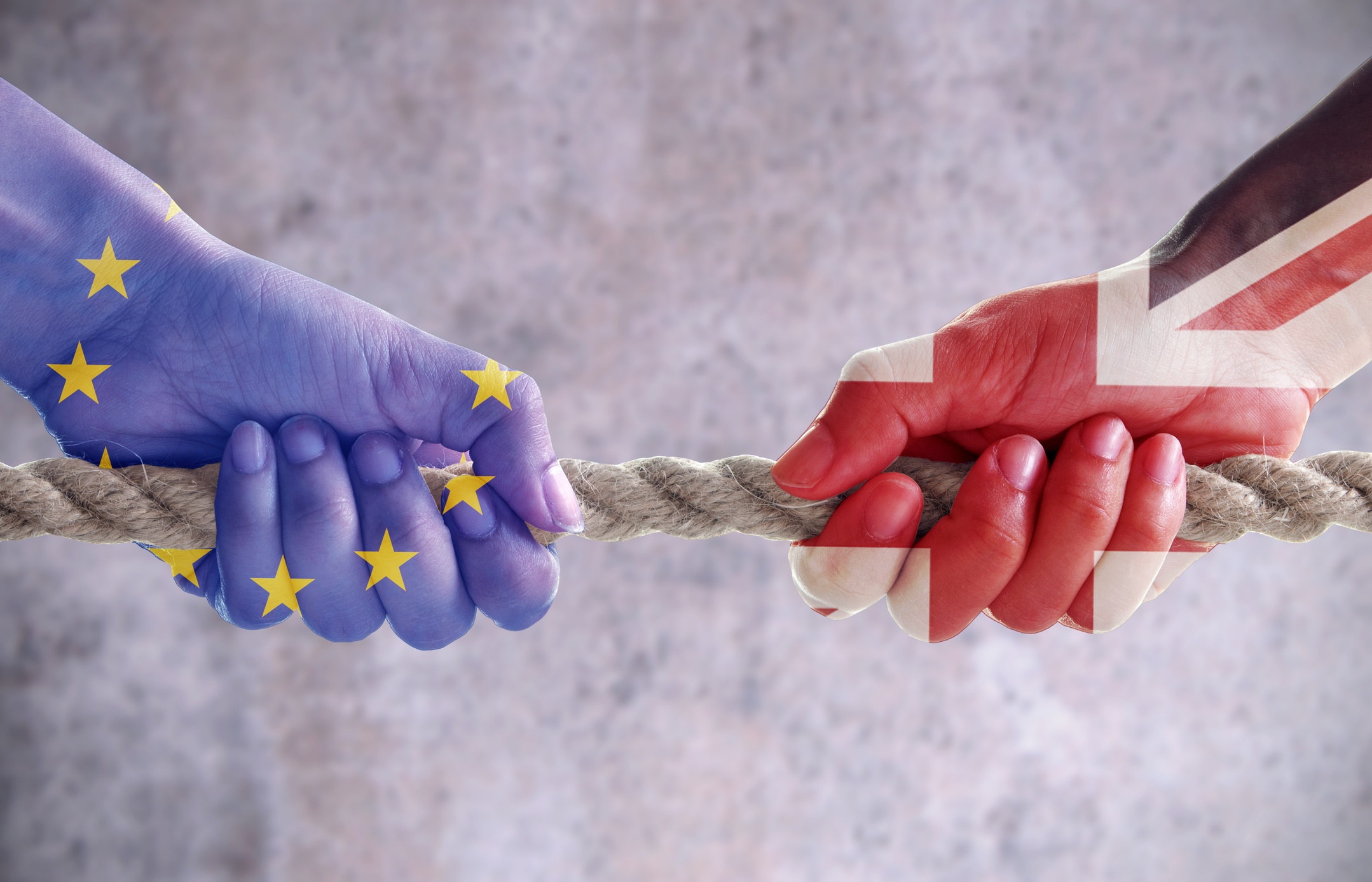
The Irish Backstop Solution
A key component of the Withdrawal Agreement is the backstop solution, which avoids a hard border between Ireland and Northern Ireland. The provisions of the draft treaty endorsed by the cabinet on November 14 read “Both the EU and the UK will use their best endeavours to conclude and ratify a subsequent agreement by 1 July 2020. “A single EU-UK customs territory is established from the end of the transition period until the future relationship becomes applicable. Northern Ireland will therefore remain part of the same customs territory as the rest of the UK with no tariffs, quotas, or checks on rules of origin between Northern Ireland and the rest of the UK. “If an agreement on the future EU-UK relationship is not applicable by 31 December 2020, the EU and the UK have agreed that a backstop solution will apply until such a time as a subsequent agreement is in place. Alternatively, the UK may, before 1 July 2020, request an extension of the transition period.”
November 25: The Moment of Truth?
According to the European Commission’s core negotiation principle that nothing is agreed until everything is agreed, a political declaration about the future relationship must be signed. Once the Withdrawal Agreement is endorsed by the European Council, and before it can enter into force, it needs to be ratified by the EU and the UK. For the EU, the Council of the European Union must authorise the signature of the Withdrawal Agreement before sending it to the European Parliament for its consent. The United Kingdom must in turn ratify the agreement according to its own constitutional arrangements.In a November 15 press conference, Donald Tusk announced that “if nothing extraordinary happens,” the EU27 will meet on November 25 to ratify the agreement and sign the political declaration. Whether the resignations of Mrs. May’s cabinet members will prove to be an extraordinary event remains to be seen.What Now?
Now, we wait. Even though there is a deal on the table, there is absolutely no guarantee it will get through Parliament. If the UK Parliament does not endorse the Withdrawal Agreement, then the EU and the UK will default to a no-deal Brexit scenario.